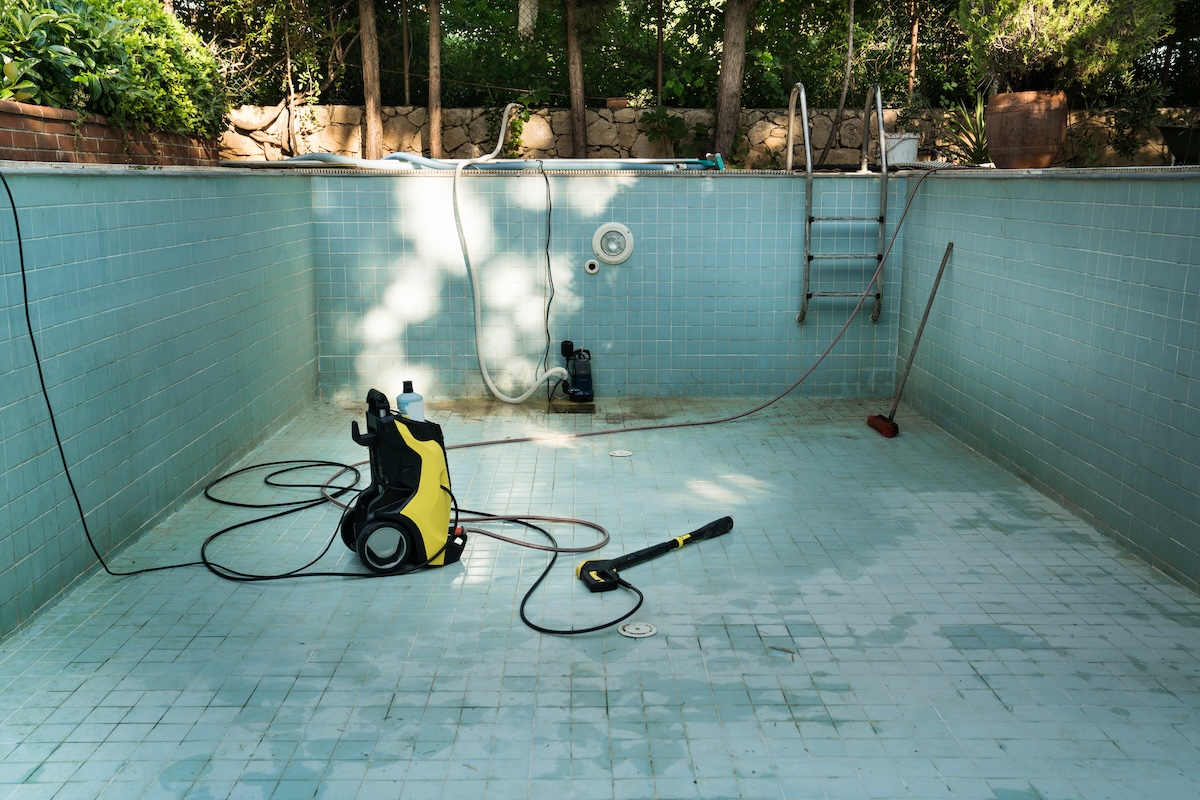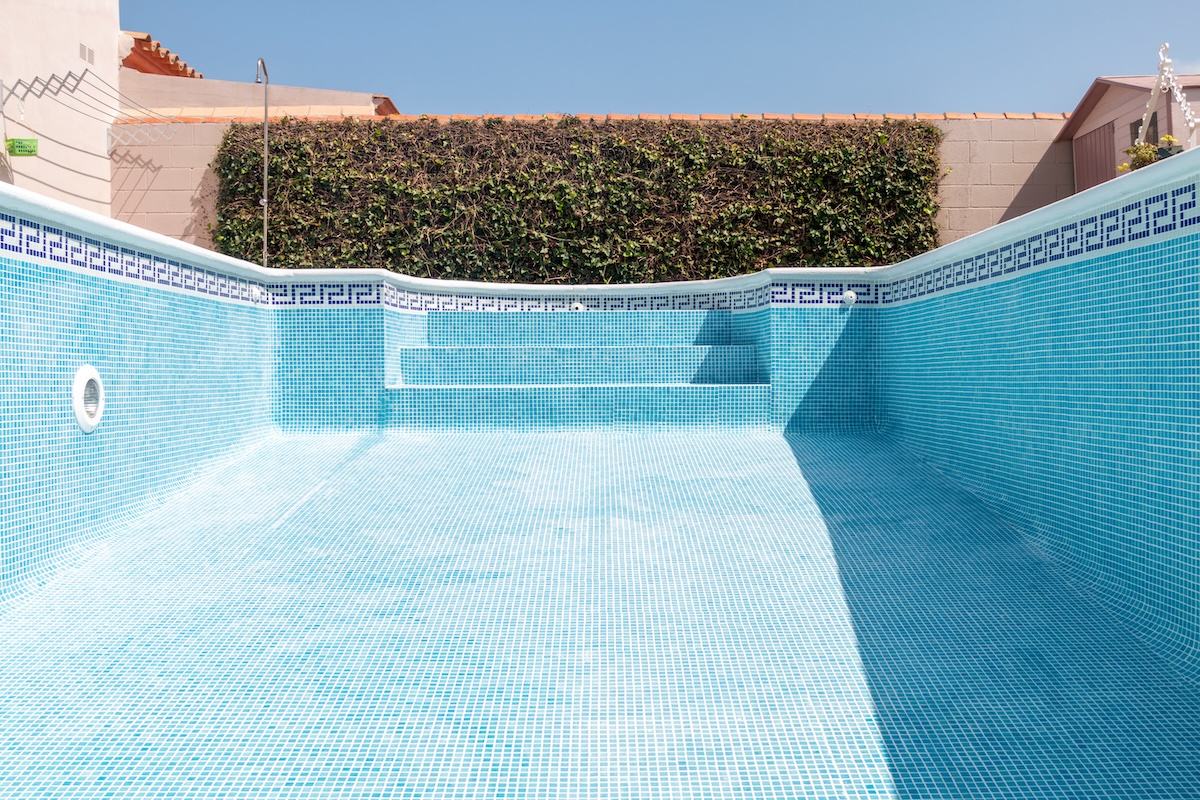Draining a pool might seem like a routine task, but in a city like Las Vegas, it requires careful consideration. From the unique desert climate to local water regulations, the process of draining and refilling a pool can be more complex than you’d expect. Whether addressing water quality issues, structural repairs, or renovations, knowing the right steps to take and the reasons behind them is essential for pool owners in the area. Here’s an in-depth look at why you might need to drain your pool in Las Vegas, how to do it properly, and why it’s a task that demands attention to detail.
Why You Might Need to Drain Your Pool
- High Total Dissolved Solids (TDS):
Over time, minerals, chemicals, and other solids accumulate in pool water. As the TDS level rises, maintaining proper chemical balance becomes more difficult. High TDS can result in cloudy water, reduced effectiveness of sanitizers, and increased likelihood of algae growth. Draining the pool and refilling it with fresh water is often the only way to reset the TDS levels. - Algae and Contamination Issues:
Pools can become heavily contaminated due to neglect, environmental factors, or severe algae blooms. While mild cases can be treated chemically, significant contamination often requires a full drain to eliminate all pollutants and start fresh with clean water. - Hard Water Scaling:
Las Vegas is known for its hard water, which can lead to calcium buildup on pool surfaces over time. This not only affects the appearance of the pool but can also make cleaning and maintenance more difficult. Draining the pool allows for thorough cleaning to remove these deposits. - Structural Repairs or Remodeling:
Cracks, damaged tiles, or worn plaster often require an empty pool for proper repair work. Similarly, any significant remodeling or resurfacing projects will involve draining the pool completely. - Seasonal Maintenance and Closing:
While it’s not common in Las Vegas due to the mild winters, some pool owners may choose to close their pools for extended periods. Draining might be part of this process, although it’s not typically recommended for long-term storage in a desert climate.

When and How to Drain a Pool in Las Vegas
Timing and method are critical when draining a pool in this region.
- Choose the Right Time:
Avoid draining your pool during the peak summer months. The intense Las Vegas heat can cause damage to an empty pool, such as cracks in plaster or warping of the structure. The best times to drain are late winter or early spring when temperatures are milder. - Understand Local Regulations:
Las Vegas has strict water conservation rules. Pool water must be directed to a sanitary sewer, not into the street or storm drains. Violating these guidelines can lead to fines or penalties. Always check local regulations before beginning the process. - Use the Right Equipment:
Most pool owners use a submersible pump for efficient draining. Place the pump in the pool’s deepest part and connect it to a hose that leads to the sewer cleanout. Avoid using the pool’s built-in equipment for draining, as it can damage the system. - Monitor the Process:
Never leave the pool unattended while it’s draining. Rapid changes in water pressure can cause structural damage, and prolonged exposure of surfaces to the air can lead to cracking or blistering. - Inspect and Clean:
Once the pool is empty, take the opportunity to thoroughly clean surfaces, inspect for damage, and address any needed repairs. This is also a good time to remove stubborn calcium scaling caused by hard water. - Refill Safely:
When refilling the pool, monitor the water level and ensure proper chemical balancing as soon as it’s filled. In Las Vegas, water conservation efforts mean you should take care to avoid overfilling or wasting water during this step.
Why You Might Want to Call a Pro for Pool Draining in Las Vegas
Draining a pool in Las Vegas is far more complicated than simply emptying the water. Local regulations require wastewater to be directed into the sewer system, not the street or storm drains, which can lead to fines if done improperly. The city’s intense heat also puts pool surfaces at risk of cracking or warping when exposed to the sun for too long, adding another layer of complexity. These challenges make it easy to see why many homeowners choose to leave this task to professionals.
Pool technicians have the experience and tools needed to navigate these issues efficiently. They ensure compliance with local laws, protect pool surfaces during draining, and perform thorough inspections for cracks, leaks, or other damage. By working with a pro, you not only avoid costly mistakes but also gain the peace of mind that comes with knowing the job is done correctly and your pool is ready for safe use.

